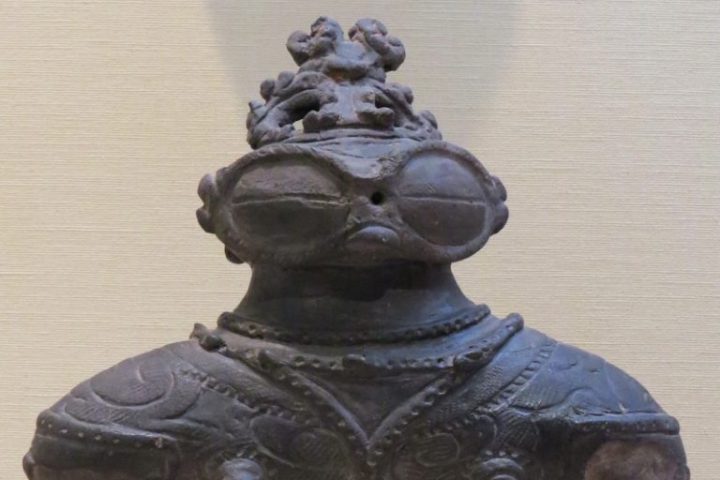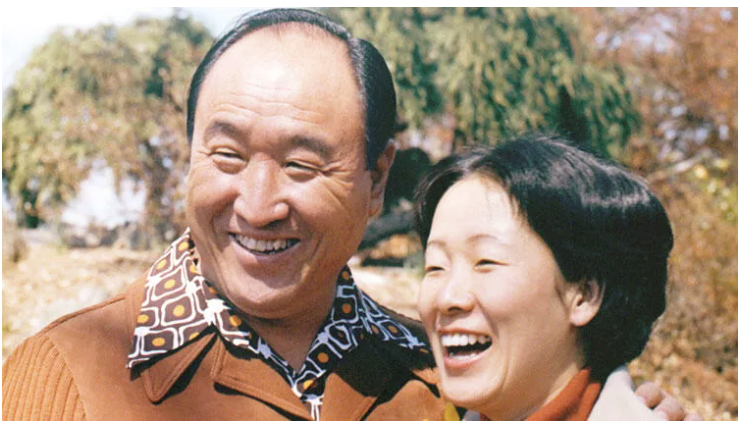To study the phenomenon known as refeeding syndrome, scientists in Japan looked at the case of soldiers who died en masse after a siege of a castle in 1581.
During the siege of Tottori Castle in 1581, starving soldiers were able to eat after the siege ended but died en masse soon after.
Researchers published an article in the scientific journal American Journal of the Medical Sciences that examines a historical event and reveals findings on how malnourished people can die from sudden food overload.
- Scientific research reveals the story of shooting himself with a nail gun
- Exciting discovery in the Amazon jungle: Huge ancient city
The documents on the siege are also known as the earliest records of the medical situation in Japan.
“This historic event will raise awareness that people who go hungry in wars and natural disasters can fall victim to refeeding syndrome,” said Yasuhiro Kano, an internal medicine specialist and one of the participants in the study.
In addition to Kano, Sayaka Aoyama, a specialist in internal medicine, and Ryuichiro Yamamoto, curator of the Tottori Museum, participated in the research.
Three researchers studied the siege of Tottori Castle in 1581, where the starvation tactic was used.
The forces of the famous Japanese general Oda Nobunaga (1534-1582) besieged the castle for three months. When deaths from starvation began to mount inside the castle, Kikkawa Tsuneie, who was defending the castle, resorted to suicide to save the survivors.
After the fall of the castle, Nobunaga’s forces distributed porridge to the survivors.
However, details from Nobunaga’s diary revealed that more than half of the starving soldiers died shortly after eating.
Another commander’s diary reported that soldiers who ate too much porridge died, while those who ate little and slowly had no problems.
After two years of collecting all historical documents, the researchers determined that the event was probably one of the first recorded cases of refeeding syndrome.
Due to the high number of deaths after the siege, the incident was considered by the Japanese medical community to be linked to the syndrome, but no documentation had previously been published on the subject.
Re-feeding syndrome is seen as a serious life-threatening syndrome accompanied by electrolyte and metabolic disorders as a result of re-feeding after prolonged fasting or malnutrition.
The syndrome was most recently raised in relation to the re-feeding of people who were trapped under the rubble for long periods of time during the February 6 earthquakes.





